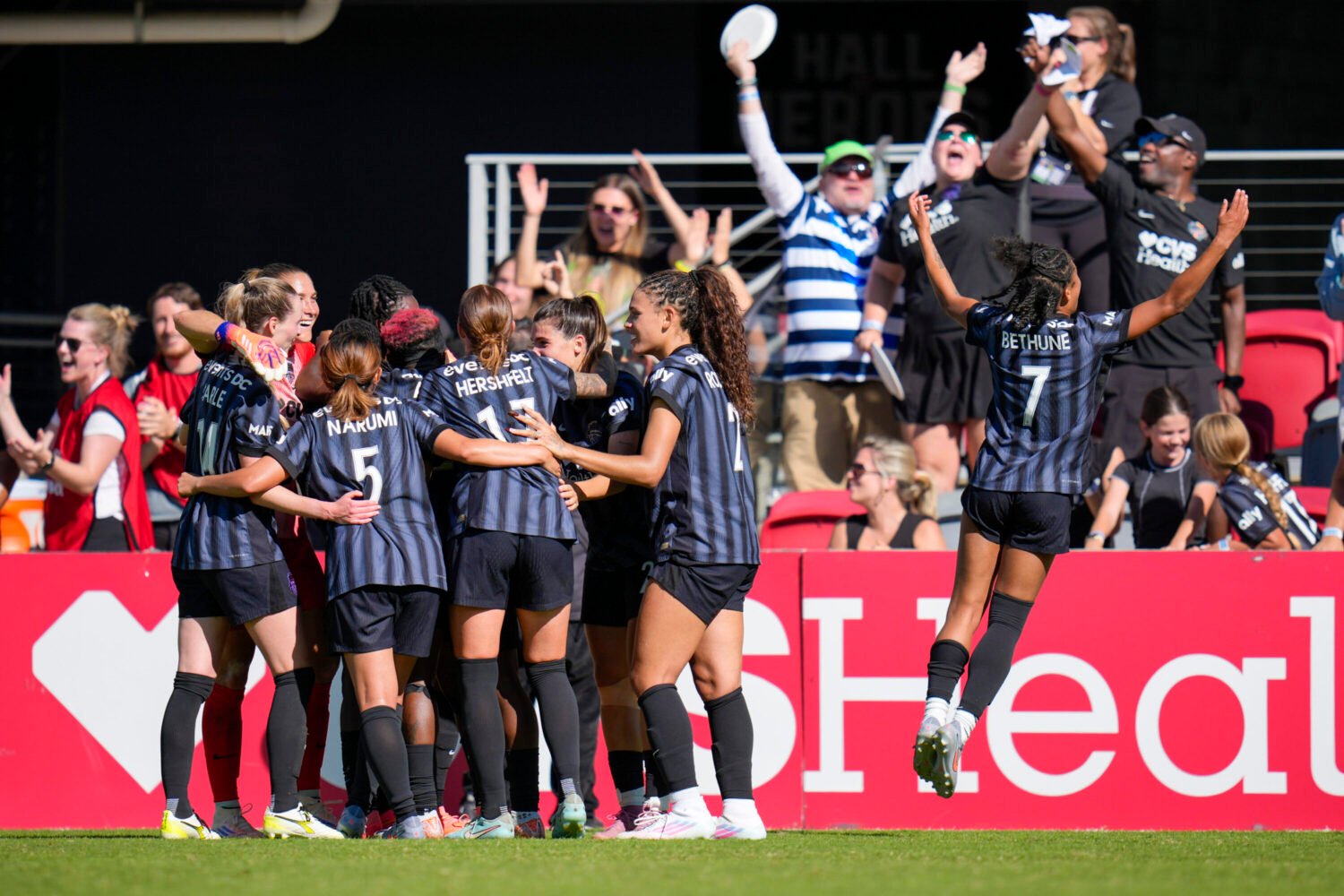Project Runway host Heidi Klum’s maxim, “One day you’re in, and the next day you’re out,” applies as much to exercise as it does to fashion. How many Tae Bo classes do you see offered these days?
A current trend: more intense workouts. With time constraints making it harder to squeeze in exercise, people are choosing multitasking routines that build both strength and endurance, says a recent survey from the American Council on Exercise.
Whereas workouts once promised “fun” and “low impact,” now the description du jour is “hardcore” or “extreme.” Even the old promise of “fat-burning” has been amped up to “torching” or “incinerating.”
Intense workouts appeal to something primal. “There’s something kind of Neanderthal about wanting to push yourself to the limit,” says John Porcari, a professor of exercise and sports science at the University of Wisconsin-La Crosse.
Here are six new ways to whip yourself into shape.
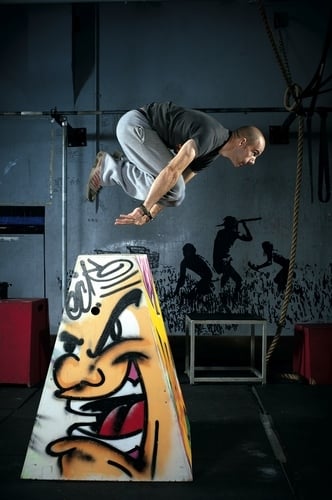
1. Parkour
Parkour could be described as “obstacle-course your way to fitness.” Workouts include learning to conquer a wall or a railing–there’s always an obstacle to climb over or across–and mastering a running jump.
Parkour suits people who don’t want to feel like they’re going to the gym; fans describe it as “like going to the playground, except all of a sudden you’re sweating.”
Travis Noble Graves, the Parkour director at DC’s Primal Fitness, says many Parkour participants at his gym are new to exercise and range in age from 7 to 70. “It starts out very simple but can become very challenging,” he says.
How does it differ from CrossFit, which Primal Fitness also offers? “CrossFit uses basic movements, and it’s particularly good for people whose specific goals are to get stronger or build endurance,” he says. “Parkour is more about technique and moving around your environment better–and the increased strength and stamina and conditioning happen along the way.”
To find a class, visit americanparkour.com. To find sessions that are generally outdoors, see parkour.meetup.com.
2. Pole Dancing
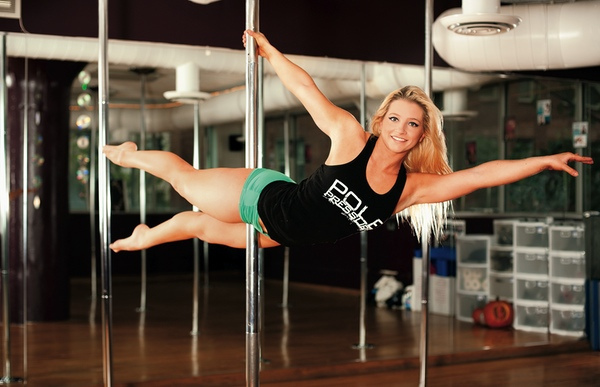
Pole classes, such as those at Jessalynn Medairy’s studio, Pole Pressure, tone every muscle.
Pole dancing–or pole fitness, as devotees call it–has been featured on the TV shows Desperate Housewives and The View. It’s sweeping the globe–with advocates lobbying for it as an Olympic sport for 2016.
A crop of studios has sprung up in Washington, catering mostly to women. Classes blend strength training, dance-based moves, and boot-camp-style exercises like squats, push-ups, and sit-ups. Students learn spins, stretches, and, in advanced classes, climbs and inversions to tone and strengthen nearly every muscle, particularly those in the arms and core. Don’t worry if you aren’t in top shape or a great dancer. Instructors break down into simple steps moves such as the fireman, in which you curl your ankles around opposite sides of the pole and twirl down.
While classes teach exercise and not striptease, many women opt to wear heels, usually with a platform for comfort and wedge heel for stability; heels force the muscles to contract and the body to work harder. Students start out in sweats or yoga pants, moving into tighter-fitting and skimpier clothing–say, Bikram-yoga-style shorts–as they advance. As you learn more complex moves, you’ll need your body to “stick” to the pole, and loose-fitting clothing could be a safety risk.
The women are genuinely supportive of one another’s progress–there’s no competitive edge. The dancing is about empowerment and self-confidence.
A few of the area’s best studios: Chic Physique in Bethesda and Frederick; DivaFit in Ashburn, Chantilly, Herndon, and Falls Church; Pole Pressure in DC and Leesburg; and Xpose Fitness in Annapolis.
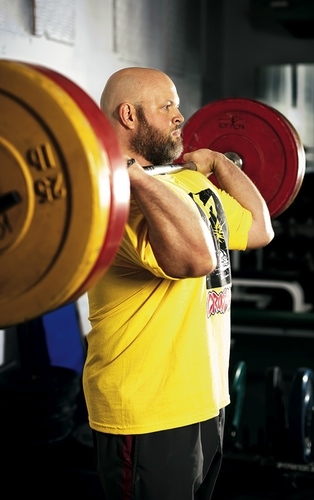
3. CrossFit
As the name–mixed martial arts–implies, MMA is a grab bag of boxing, wrestling, Brazilian jiujitsu, kickboxing, judo, and more.
Training often involves circuits, such as a flurry of punches for 30 seconds, followed by 30 seconds of burpees–a squat/push-up/jump hybrid–, followed by a 30-second sprint. You repeat that for three to five minutes, then move on to another circuit or to sparring with a partner.
MMA is full contact. It even has a growing pay-per-view audience for professional fights. “You work with a partner and have to think on your feet,” says Chris Torres, the 2011 MMA World Champion at 70 kilos. “It’s like a very active game of chess.”
For people attracted to what Torres calls the “who’s the biggest badass” aspect but who have no desire to end up bruised, some gyms have adapted. Torres’s DC Combat Labs has a Fit to Fight class that includes everything but the rounds in the cage, MMA’s equivalent of the ring.
To find a program, visit crossfit.com; most affiliates offer a free introductory class.
Next: Budokon, Kettlebells, and Mixed Martial Arts
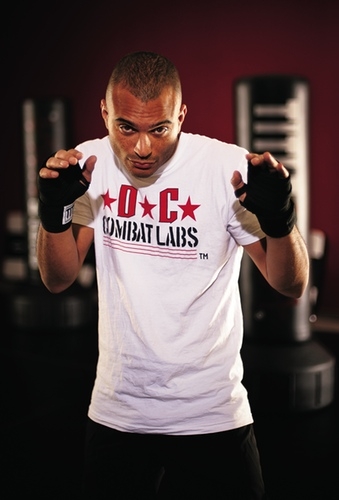
4. Mixed Martial Arts
As the name–mixed martial arts–implies, MMA is a grab bag of boxing, wrestling, Brazilian jiujitsu, kickboxing, judo, and more.
Training often involves circuits, such as a flurry of punches for 30 seconds, followed by 30 seconds of burpees–a squat/push-up/jump hybrid–, followed by a 30-second sprint. You repeat that for three to five minutes, then move on to another circuit or to sparring with a partner.
MMA is full contact. It even has a growing pay-per-view audience for professional fights. “You work with a partner and have to think on your feet,” says Chris Torres, the 2011 MMA World Champion at 70 kilos. “It’s like a very active game of chess.”
For people attracted to what Torres calls the “who’s the biggest badass” aspect but who have no desire to end up bruised, some gyms have adapted. Torres’s DC Combat Labs (dccombatlabs.com) has a Fit to Fight class that includes everything but the rounds in the cage, MMA’s equivalent of the ring.
Visit findmmagym.com to find a gym.
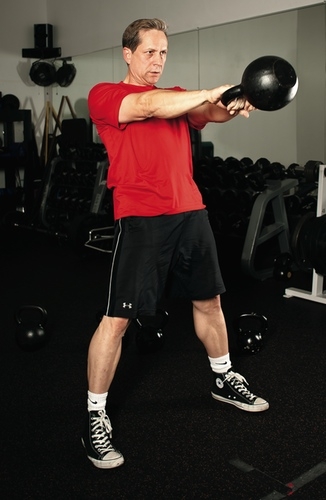
5. Kettlebells
Can you run a six-minute mile? Probably not, but chances are you can handle a kettlebell workout, which burns the same number of calories per minute, according to an American Council of Exercise study. And because kettlebells–cannonball-shaped weights with handles–are heavy, the typical 20-to-30-minute workout doubles as both strength training and cardio.
Kettlebells were developed by Russian strongmen in the 1700s. Lifting kettlebells is more effective than lifting dumbbells because of their shape and the way you grip them.
Says Steven Head, a sports-conditioning specialist at McLean’s Regency Sport & Health: “Kettlebells are one of the single most effective tools for comprehensive fitness development. The swing alone provides so many benefits, it should be a staple of everyone’s program.”
Many gyms now feature kettlebell classes.
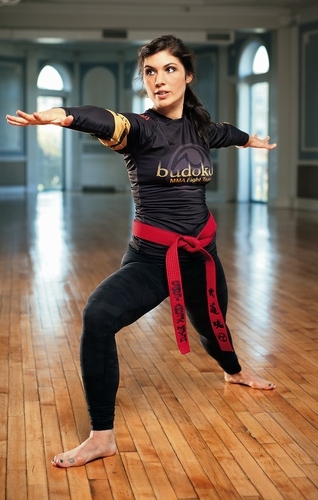
6. Budokon
Budokon blends the intention of martial arts, the balance and flow of yoga, and the functional fitness and animal names of child’s play, with moves such as the komodo dragon, a kind of traveling push-up.
Budokon was invented 11 years ago by North Carolina celebrity trainer Cameron Shayne. In a class, moves inspired by yoga and martial arts combine with more whimsical ones–jumping, kicking, handstands, and acting like an animal such as a bullfrog or a dragon. All the moves involve concentrating, sculpting, and using every muscle in your body–including your brain. “It’s very intelligent movement,” says Angela Meyer, who teaches at Stroga in DC’s Adams Morgan. “If you want to zone out to your music and don’t want to be present, Budokon isn’t for you.”
Mimi Rieger, Budokon director for the Washington area, says the system–which has colored-belt levels à la martial arts–exposes weaknesses, something you may love or hate. “Some people are super type-A and want to work and work and get it. These people get crazy into this. Other people don’t want to feel like they can’t do something.”
You can find a class at budokondc.com.
This article appears in the December 2011 issue of The Washingtonian.


















